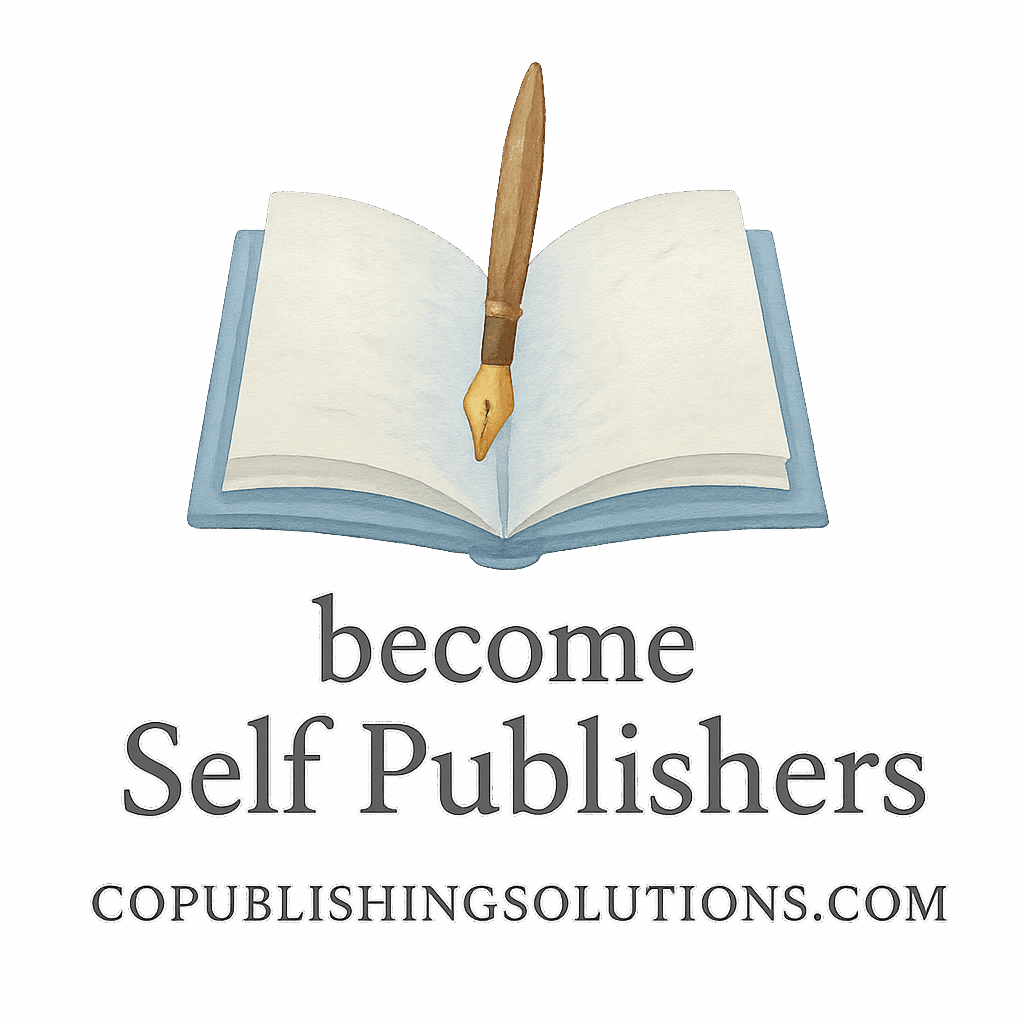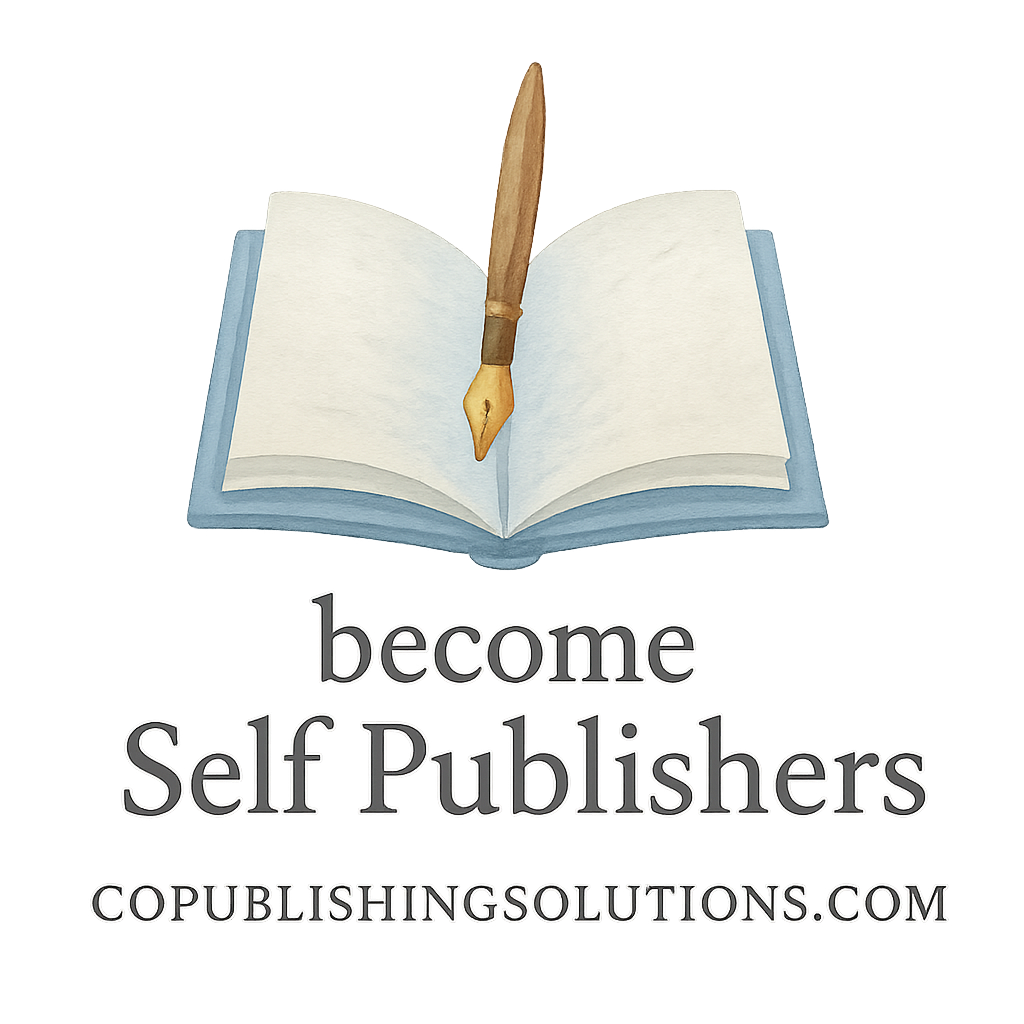Becoming an indie author means taking control of your publishing journey from start to finish—and having the right tools makes all the difference. Whether you’re writing your first book or publishing your tenth, using reliable publishing software can save you time, elevate your formatting, and boost your professional appearance.
Let’s dive into six powerful publishing software options for indie authors and see how each one can transform your writing and publishing workflow.
Why Indie Authors Need the Right Publishing Tools
Self-publishing means you’re not just the writer—you’re also the editor, designer, and marketer. That’s a lot of hats! Using the right publishing software can:
- Save hours in formatting and layout
- Help you create professional-grade eBooks and print files
- Support your publishing goals with the right export options
Check out these self-publishing basics to understand how software fits into your overall strategy.
What to Look For in Publishing Software
Before you dive into the software options, know what matters most.
User-Friendliness
You don’t need to be a tech wizard. Look for software with an intuitive interface that doesn’t require a steep learning curve—especially if you’re a beginner.
Formatting & Layout Features
Beautiful typography, adjustable margins, page breaks—these might sound like small details, but they make a big difference in your finished product. Explore our book design section for design inspiration.
Integration and Export Options
Your software should play nice with others. Can it export to EPUB, MOBI, PDF? Does it support book sales platforms like Amazon KDP or IngramSpark?
Top 6 Publishing Software Options for Indie Authors
Let’s explore the top picks that indie authors swear by.
1. Scrivener
Scrivener isn’t just writing software—it’s a powerhouse for authors who like to plot, plan, and organize.
Key Features of Scrivener
- Corkboard for outlining
- Binder to organize scenes and chapters
- Custom templates for fiction, nonfiction, scripts
Pros and Cons
Pros:
- Great for plotting complex narratives
- Distraction-free writing modes
- Exports to multiple formats
Cons:
- Slight learning curve
- Not ideal for final formatting
Best For
Writers who love planning and need a single place to draft and organize.
Explore more tools like Scrivener on our publishing tools & platforms page.
2. Vellum
If you’re a Mac user, Vellum is a dream come true.
What Makes Vellum Special
- Drop-dead gorgeous eBook and print layouts
- One-click previews
- Automatic table of contents and chapter styling
Pros and Cons
Pros:
- Beautiful output
- Easy-to-use interface
- No subscription—pay once
Cons:
- Mac only
- Not designed for writing
Ideal Use Cases
Authors who’ve finished their manuscript and want to format it like a pro.
3. Atticus
Atticus is the new kid on the block—but it’s quickly earning rave reviews.
All-in-One Platform
- Available for Windows, Mac, Chromebook
- Combines writing and formatting in one tool
- Cloud-based for anywhere access
Benefits and Drawbacks
Pros:
- Affordable and powerful
- Live preview of layout
- Easy collaboration for co-authoring
Cons:
- Still adding features
- Occasional bugs
Who Should Use Atticus
Perfect for indie authors looking for an affordable, all-in-one publishing solution.

4. Reedsy Book Editor
Sometimes, simple is best.
Browser-Based Simplicity
Reedsy offers a clean, minimalist writing and formatting tool—right in your browser.
Reedsy’s Collaborative Features
- Invite editors and proofreaders to collaborate
- Clean export to PDF and EPUB
- Perfect for collaboration
Why It’s Great for Beginners
If you’re just starting and want to publish without headaches, Reedsy is gold.
5. Adobe InDesign
Looking for total creative control? Adobe InDesign is the industry standard.
Professional-Grade Publishing
- Advanced typography and layout tools
- Ideal for print books and magazines
- Works well with Adobe Creative Suite
Strengths and Weaknesses
Pros:
- Unmatched design control
- Export to high-res PDF for print
Cons:
- Steep learning curve
- Expensive subscription
Who It’s Best Suited For
Authors with design experience—or those hiring a pro book designer.
6. Microsoft Word (With Add-Ons)
Yes, the classic still deserves a spot!
Legacy Power and Familiarity
Word has been a go-to for authors for decades—and it still works.
Add-Ons That Transform Word for Publishing
- Kindle Create
- Draft2Digital’s formatting tools
- Word templates from indie publishing experts
Why It Still Works
It’s reliable, familiar, and with the right add-ons, surprisingly powerful.
Comparing the Software Side-by-Side
| Software | Best For | Platforms | Price |
|---|---|---|---|
| Scrivener | Drafting & planning | Windows, Mac | $59 one-time |
| Vellum | Formatting | Mac only | Starts at $199 |
| Atticus | All-in-one | All platforms | $147 one-time |
| Reedsy | Simplicity | Browser | Free |
| InDesign | Full control | Windows, Mac | $20.99/month |
| Word | Familiar use | Windows, Mac | Varies |
Need help growing your publishing business? Visit our advanced publishing growth hub.
How to Choose the Best Publishing Software for You
Assessing Your Budget
Free and affordable tools are available—but sometimes investing in premium software pays off in professionalism and time saved.
Matching Features to Your Publishing Goals
Are you writing eBooks? Paperbacks? Both? Your goals should drive your software choice.
Planning for Growth
If you’re planning to turn writing into a passive income stream, consider scalable solutions that grow with your needs.
Additional Tools to Support Your Publishing Journey
Besides publishing software, check out these:
You’ll find dozens of helpful guides under tags like money, structure, and steps.
Final Thoughts
Choosing the right publishing software is like choosing the right vehicle for a cross-country trip. Pick something comfortable, reliable, and suited to your route. Whether you need full design control or just a clean layout, there’s a tool out there perfect for your indie author journey.
Want more guidance tailored to your goals? Dive into our resources at copublishingsolutions.com.
FAQs
1. What is the easiest publishing software for beginners?
Reedsy Book Editor is ideal—it’s free, simple, and requires no installation.
2. Can I use Word to self-publish?
Yes! With the right add-ons like Kindle Create, Word can be a strong tool for self-publishing.
3. Is Scrivener good for formatting books?
Scrivener excels in writing and organizing, but final formatting is better done in Vellum or Atticus.
4. Do I need multiple tools for writing and formatting?
Not always. Atticus and Reedsy combine both, while tools like Vellum focus on formatting only.
5. Which tool is best for print books?
Adobe InDesign offers the most control for print formatting, though Vellum is great for simpler projects.
6. Can I collaborate with editors in these tools?
Yes—Reedsy is best for this, though Atticus also offers some collaboration features.
7. Where can I find more resources for indie authors?
Visit copublishingsolutions.com for in-depth guides, tools, and community support.


